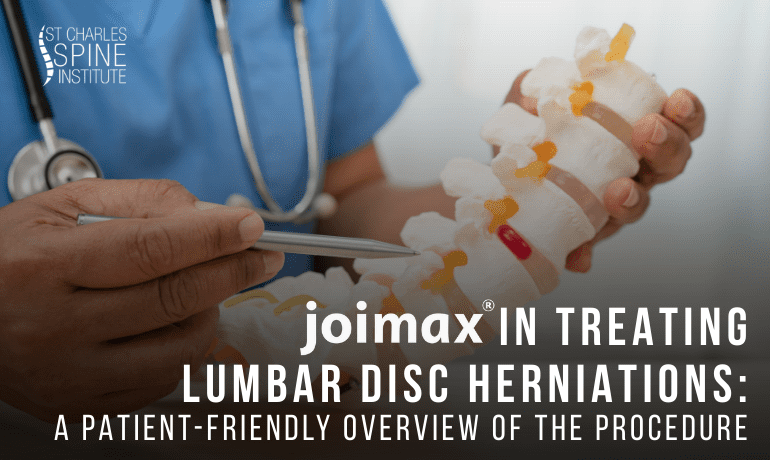joimax® in Treating Lumbar Disc Herniations: A Patient-Friendly Overview of the Procedure

St. Charles Spine Institute in Southern California is a leader in providing advanced treatments for spinal conditions, adopting innovative therapies that demonstrate their efficacy in delivering enduring remedies for pain and debility to spinal care patients. As medical technology advances, particularly in spinal surgical techniques, one breakthrough innovation St. Charles Spine Institute has adopted is for treating lumbar disc herniations.
A lumbar disc herniation is when the inner tissue of a spinal disc pushes through its outer layer, resulting in compression of nearby nerves. This condition can cause lower back pain, sciatica, numbness, and weakness in the legs. St. Charles Spine Institute has pioneered endoscopic spine surgery using joimax® technology to treat this condition. This cutting-edge approach allows for precise and effective treatment while minimizing recovery time and discomfort for patients. Below is a patient-friendly overview of how joimax® technology is used and what to expect if you are a candidate for this procedure.
Understanding Lumbar Disc Herniations
In anatomical terms, your spine is classified as having five distinct sections: cervical (neck), thoracic (upper back), lumbar (lower back), sacrum (pelvic area), and coccyx (tail bone). Your lumbar region is made up of five vertebrae.
Between all your vertebral bones, there are discs that act as “shock absorbers” for the spine. These discs are made of strong but flexible tissue, called the annulus fibrosus, in the shape of a ring. Inside this ring is a softer tissue called the nucleus pulposus.
Pressure on the spine can cause the nucleus pulposus to push through the annulus fibrosus. This is called disc herniation. Common causes of disc herniation include:
- Age-related disc degeneration
- Repetitive strain or improper lifting techniques
- Sudden injury or trauma
Traditional treatments for this condition often include pain medications, physical therapy, and, in severe cases, open spine surgery. However, advancements in endoscopic spine surgery, particularly with joimax® technology, now offer a less invasive alternative that provides multiple benefits to spinal patients.
What Is joimax® Endoscopic Spine Surgery?
joimax® is a state-of-the-art endoscopic spine surgery system. Unlike open surgery, which requires making large incisions and significant muscle disruption to view and reach the surgical site, joimax® procedures are minimally invasive.
Endoscopic surgery is so-called because it uses an endoscope—a tiny camera—inserted through a small incision to view the surgical site. The image gathered by the endoscope is projected and magnified on a large screen. The surgery is performed with specialized micro-instruments also inserted through small incisions. The combination of precise instrumentation and the endoscope enables the surgeon to operate on the lumbar disc with precision and minimal disruption to surrounding tissues.
Generally, a patient undergoing joimax® lumbar disc herniation surgery will have the following experience:
- Before surgery, patients should receive and follow the surgeon’s instructions regarding food, water, transportation assistance, and when to arrive before the scheduled surgery.
- The procedure can be performed either under local anesthesia with light sedation or with general anesthesia, depending on the patient’s needs.
- With the patient in a prone position, a small incision (typically less than half an inch) is made in the lower back.
- The endoscope, a narrow tube equipped with a high-definition camera, is inserted, providing a clear and magnified view of the herniated disc and surrounding nerves.
- Using specialized joimax® instruments, the surgeon carefully cuts out the portion of the herniated disc that is compressing the nerve. This is called a diskectomy. Once that portion is removed, it should relieve pain and restore function.
Benefits of joimax® Technology for Lumbar Disc Herniation Treatment
Patients who undergo joimax® endoscopic spine surgery enjoy several advantages compared to traditional surgical options:
- Outpatient Procedure: Usually, patients can return home the same day without needing a hospital stay.
- Minimally Invasive: The small incisions used for this procedure result in less trauma to muscles and tissues.
- Reduced Pain and Scarring: Because of the small incisions and minimal trauma, there is less post-operative discomfort and less scarring.
- Faster Recovery Times: Many patients return to work and daily activities within a few weeks.
- Lower Risk of Complications: The less invasive option means minimal blood loss, lower infection risk, and reduced likelihood of adjacent segment disease compared to open surgery.
Who Is a Candidate for joimax® Endoscopic Surgery?
Patients suffering from lumbar disc herniations who haven’t been able to obtain relief through more conservative treatments like physical therapy, medications, or injections may be ideal candidates. A comprehensive evaluation, including imaging scans, will help determine whether this approach is appropriate.
joimax® technology represents a breakthrough in minimally invasive spine surgery, offering patients a safer, faster, and more effective treatment option for lumbar disc herniations. If you are struggling with persistent lower back pain or sciatica, contact St. Charles Spine Institute in Thousand Oaks, California, to learn more about joimax® endoscopic spine surgery and schedule a consultation with a member of our team. Discover whether joimax® is the right solution for you.
